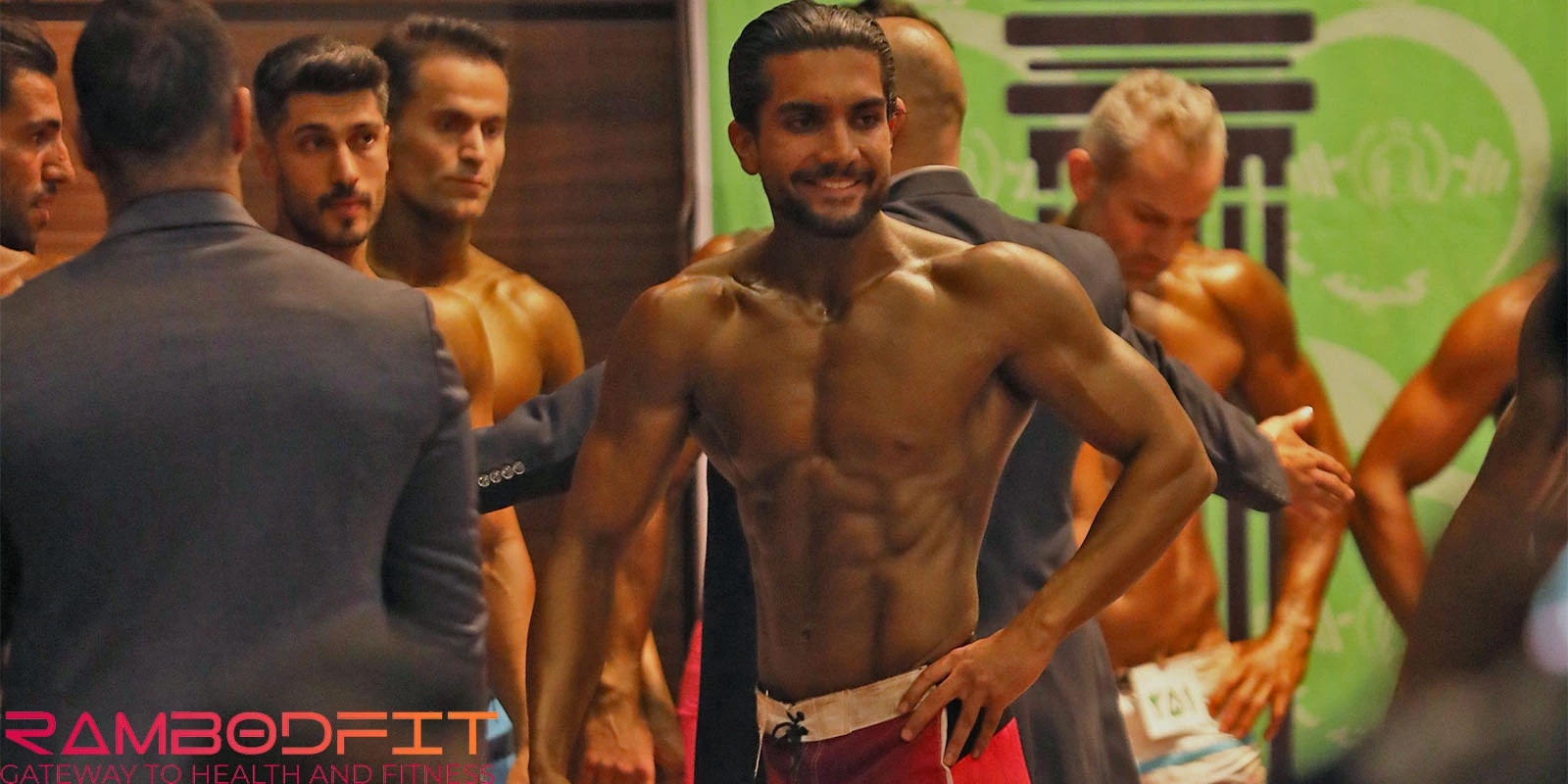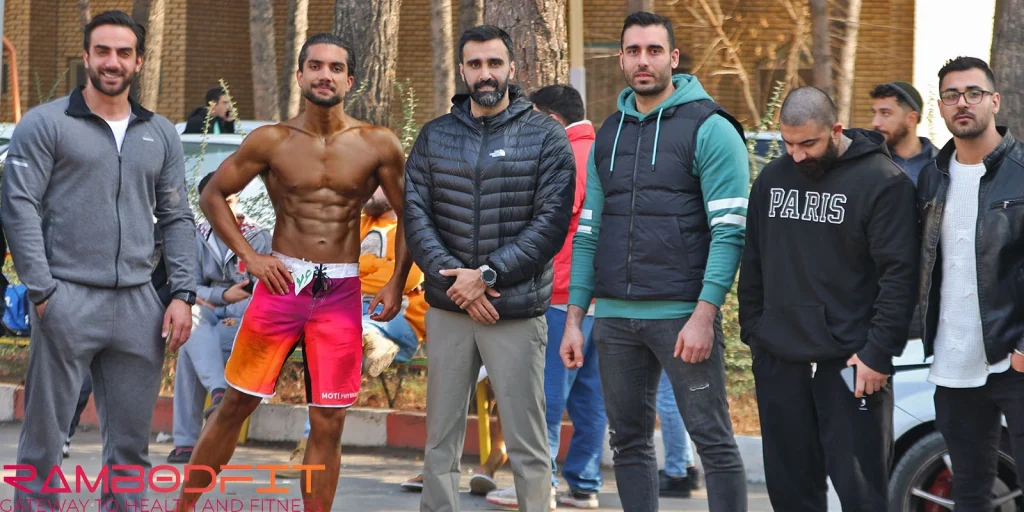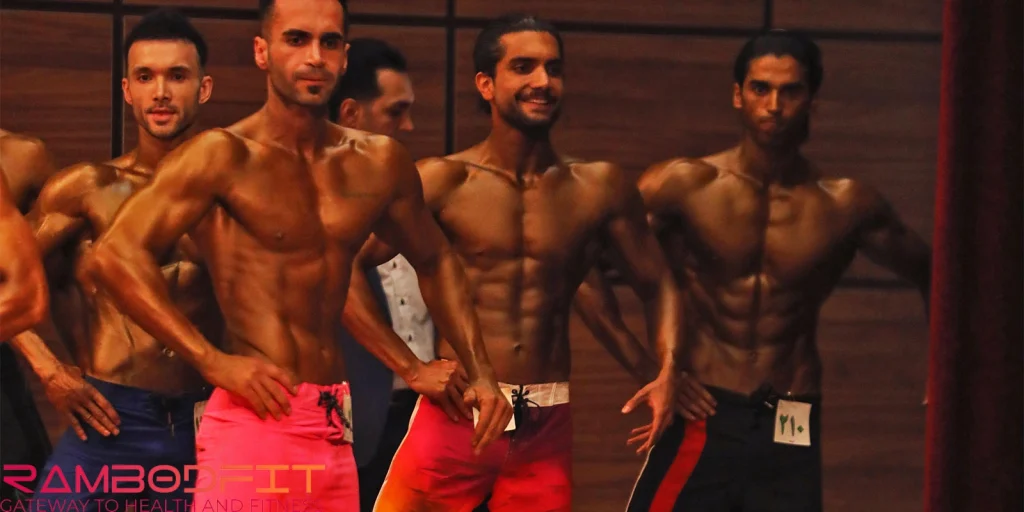


Competing in natural bodybuilding shows is one of the most trending topics worldwide. I am excited to talk about it on RambodFit because I had the experience of competing in three in 2022.
Getting ready for a natural body-building show requires a specific balance and attention to diet and training. The key role of success is to bring a lean physique to the stage and do it properly without harming yourself.
In this article, we are going to focus on cardio tips for natural athletes and we will explain other factors of natural contest prep in other articles. Cardiovascular exercise(cardio) plays a vital role in having a lean physique, however, there are so many misunderstandings about it.
We will bring the best and scientific-based cardio tips for natural athletes in this article with insight from top experts like Dr. Layne Norton, Hany Rambod, and others to help you optimize your prep and get the best result possible.
Table of Contents
Cardio tips for natural athletes can help them get good results in their natural contest, however, too much cardio can cause muscle loss, improper recovery, and negative performance during contest prep which should be managed properly.
Cardio has 2 primary purposes for natural athletes during contest prep:
1. Caloric Expenditure: Cardio helps athletes create a calorie deficit needed for fat loss.
2. Improved Conditioning: Cardio promotes cardiovascular fitness which can lead to better performance and recovery in athletes.
Natural bodybuilders are limited by their hormonal environment, which makes muscle conservation quite challenging during a calorie deficit.
It is suggested the best lean physiques aren’t necessarily the leanest but rather the ones that maintain the most muscle while having sufficient body fat percentage.
Some studies highlight that excessive cardio, especially high-intensity work can cause muscle loss( catabolism) because of elevated cortisol levels and a reduced anabolic environment.
Therefore observing proper cardio tips for natural athletes can help them have muscle retention while losing fat.
Before diving into specific cardio tips for natural athletes, it’s crucial to consider that your diet should be the main strategy of your fat loss plan.
Remember that no amount of cardio can outwork a bad and poor diet which is not in calorie deficit for fat loss. Creating a balance between cardio and diet can be a wise choice.
Calculate your calories properly by getting help from creditable equations like Meffline or use applications that calculate calories for you specifically.
One of the main cardio tips for natural athletes is to increase the volume and intensity step by step instead of diving into hours of cardio training which can result in muscle loss and fatigue.
This allows your body to adapt and prevents metabolic adaptation, where the body becomes more efficient at conserving energy.
Research shows that metabolic adaptation can slow fat loss over time, so gradually increasing cardio ensures consistent results.
Moderate or low-impact cardio is often favored during contest prep because it minimizes fatigue and muscle damage compared to high-intensity interval training (HIIT).
While HIIT is an efficient way to burn calories, it can interfere with recovery from resistance training, especially when calories are restricted.
Hany Rambod, advises his athletes to use low-impact options like incline walking, cycling, or the elliptical to preserve joints and muscles.
A 2014 study published in Sports Medicine found that steady-state cardio allows for better recovery while still promoting fat oxidation.

Fasted cardio has been a controversial and challenging topic in fat loss. While it may marginally increase fat oxidation during the session, research, including a study published in The Journal of the International Society of Sports Nutrition (2014), shows no significant difference in fat loss compared to fed cardio when calories are equated.
However, fasted cardio can be a useful tool for individuals who prefer morning workouts or struggle with appetite control. Hany Rambod often recommends fasted cardio for its psychological benefits, as it can provide a sense of discipline and focus.
While LISS should form the backbone of your cardio routine, incorporating different modalities can prevent boredom and improve adherence.
A combination of steady-state and HIIT can also target different energy systems and provide a well-rounded conditioning effect.
Cardio should be adjusted based on your weekly progress. If you’re losing 0.5–1% of your body weight per week, you’re on track. If fat loss stops for more than two weeks, consider adding more cardio or slightly reducing calories.
Dr. Norton emphasizes the importance of not making drastic changes too quickly, as this can lead to muscle loss or burnout. A consistent, patient approach yields better long-term results.
Refeeds and diet breaks can help mitigate the negative effects of prolonged calorie deficits, such as metabolic adaptation and reduced performance.
Layne Norton advocates for structured refeed days, where carbohydrates are temporarily increased to restore glycogen, improve hormonal balance, and enhance training performance.
One common question in contest prep is whether to do cardio before or after weight training. Research suggests that performing cardio after weight training or in a separate session is ideal for preserving strength and muscle.
A study in The Journal of Strength and Conditioning Research (2016) found that combining cardio and resistance training in the same session can impair strength gains if cardio is done first.
Even by knowing cardio tips for natural athletes, cardio still is a stressor on the body. To not experience overtraining, you should consider the right recovery strategies such as adequate sleep, hydration, and active resting days that can enhance your performance which leads to better conditioning.

Knowing cardio tips for natural athletes is a necessary tool in natural bodybuilding, and it should be done properly.
You can lose fat and preserve muscle mass by prioritizing a gradual approach, using low-impact modalities, monitoring progress, and integrating evidence-based practices like refeeds and proper timing.
Remember, cardio is just one piece of the puzzle. Creating a balance between resistance training, cardio training, and most importantly proper diet, can lead to a low percentage of body fat and a lean physique.
By staying consistent and adaptable, you’ll be ready to step on stage with confidence, showing the best version of yourself. Cardio tips for natural athletes can never work out if you don’t have the discipline and motivation.
For more science-based advice, you can explore resources like Dr. Layne Norton’s work on Biolayne.
For more info about how to get a lean physique read the articles below:
While it can work to rely more on diet, cardio has benefits like cardiovascular fitness and increased calorie expenditure.
Knowing how to approach cardio tips for natural athletes and creating a balance between cardio and diet can yield better results.
Research shows no significant differences between fasted and fed cardio until calories are equated.
If you prefer to do fasted cardio that’s okay until you know how to perform cardio tips for natural athletes.